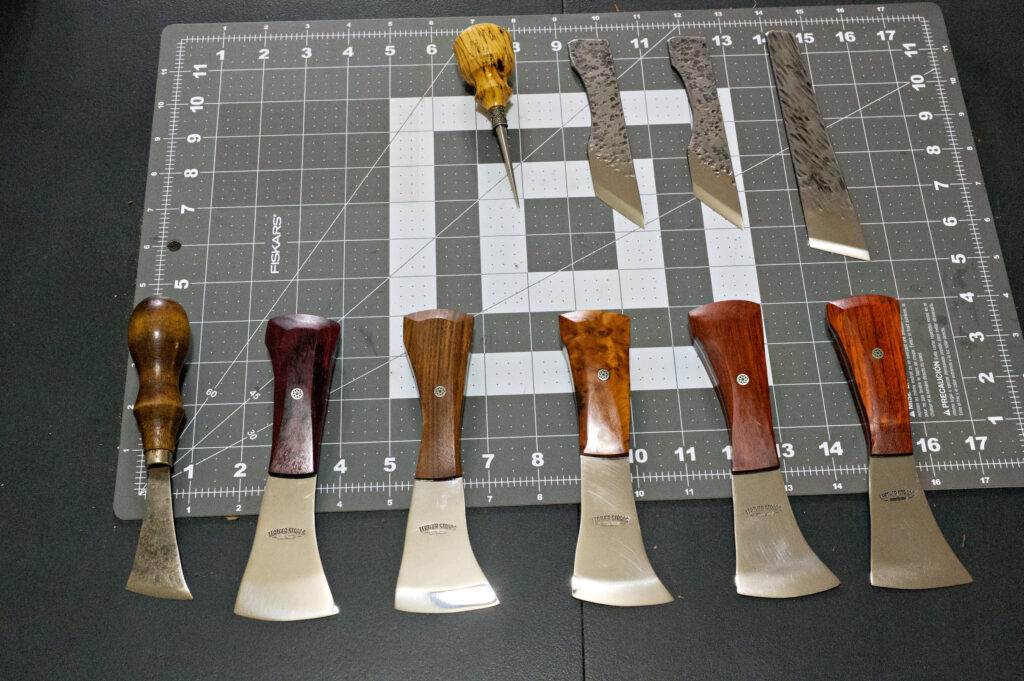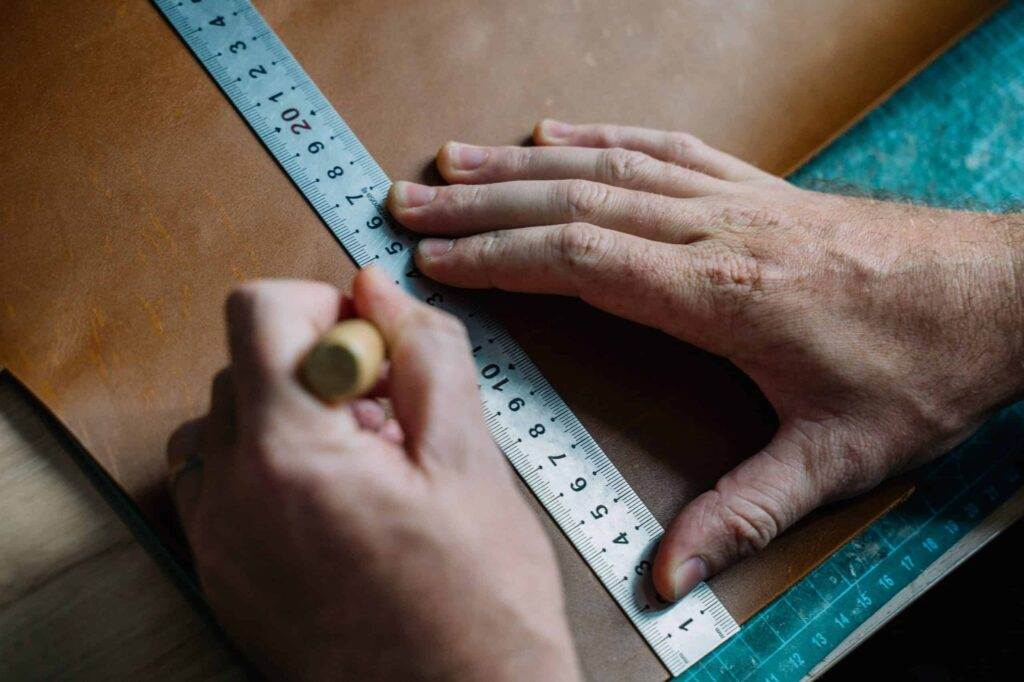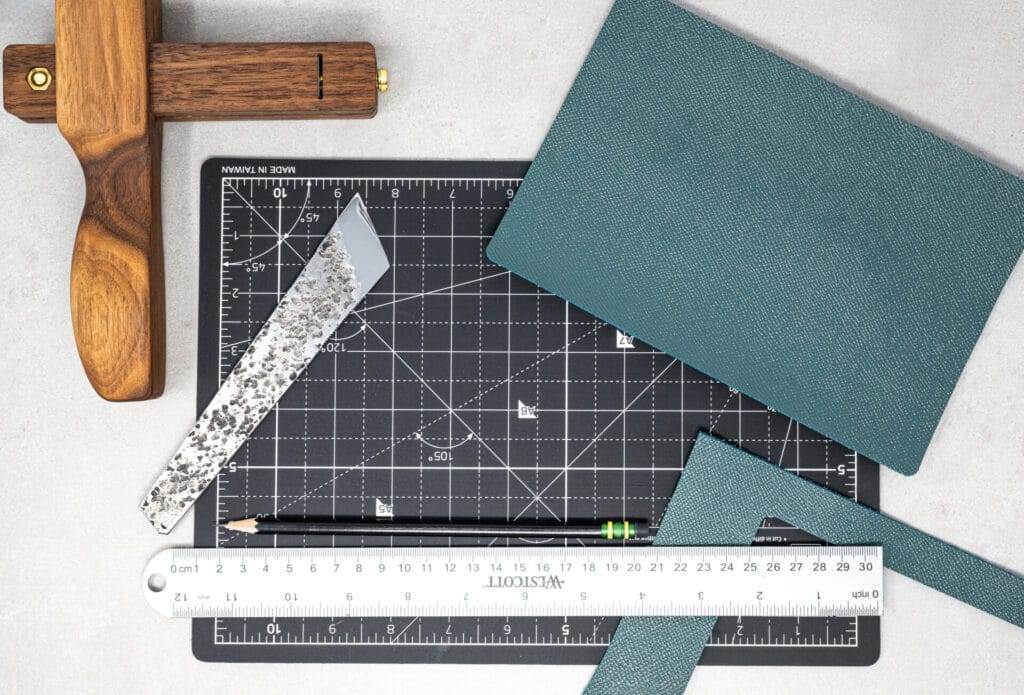Leathercraft Workshop Organization for Production
Creating an efficient workspace is the cornerstone of any successful production operation. The layout of the workspace should be designed to facilitate smooth workflow and minimize unnecessary movement. Ideally, the workspace should be spacious enough to accommodate all necessary equipment and tools while allowing for easy access to materials.
Consideration should be given to the placement of workstations, ensuring that each area is dedicated to specific tasks. For instance, a designated cutting area, assembly zone, and finishing station can help streamline the production process and reduce the time spent transitioning between tasks. In addition to physical layout, lighting and ventilation are crucial elements of a well-designed workspace.
Adequate lighting not only enhances visibility but also helps reduce eye strain, which is particularly important when working with intricate details in leathercraft. Proper ventilation is essential for maintaining air quality, especially when using adhesives or other materials that may emit fumes. By investing time and resources into setting up a functional workspace, you create an environment that promotes productivity and creativity, ultimately leading to higher-quality products.
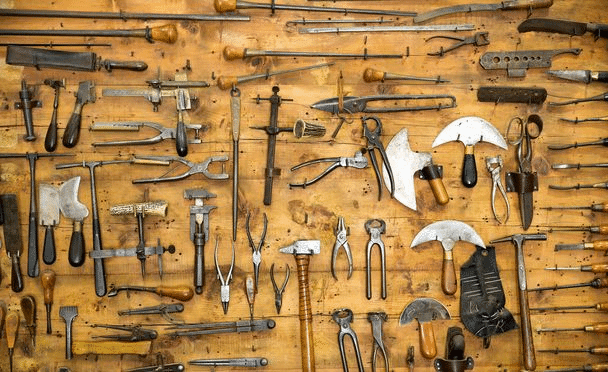
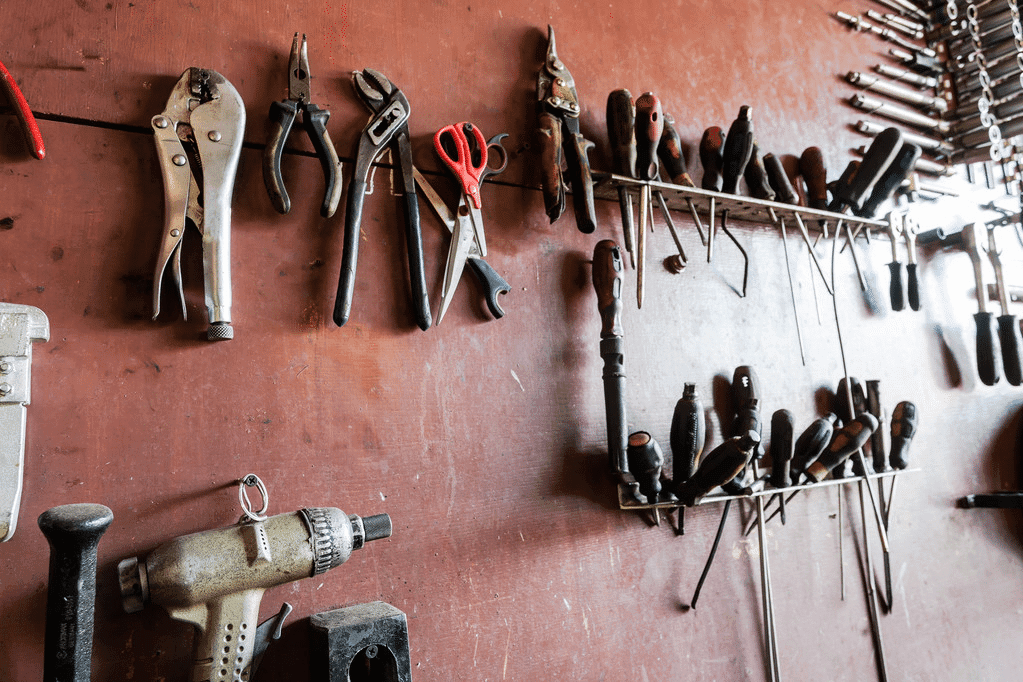
Key Takeaways
- Set up a well-organized and efficient workspace to maximize productivity
- Organize tools and materials in a systematic manner for easy access and use
- Create a production schedule to ensure timely completion of tasks and projects
- Implement quality control measures to maintain high standards of production
- Streamline the production process to minimize waste and maximize efficiency
- Manage inventory and supplies effectively to avoid shortages and overstock
- Train and supervise staff to ensure they are equipped to perform their roles effectively
- Maintain a clean and safe working environment to promote a healthy and productive workspace
Organizing tools and materials
An organized workspace is vital for maintaining efficiency and ensuring that production runs smoothly. Tools and materials should be categorized and stored in a manner that allows for quick access. For example, frequently used tools such as leathercraft knives and awls should be kept within arm’s reach, while less commonly used items can be stored in cabinets or drawers.
Utilizing pegboards, shelves, and toolboxes can help keep everything in its designated place, reducing the time spent searching for items during production. Moreover, labeling storage areas can further enhance organization. Clearly marked bins or shelves make it easy for staff to locate specific tools or materials without confusion.
This not only saves time but also minimizes the risk of misplacing items, which can lead to delays in production. Regularly reviewing and reorganizing tools and materials ensures that the workspace remains efficient and conducive to high-quality craftsmanship.
Creating a production schedule
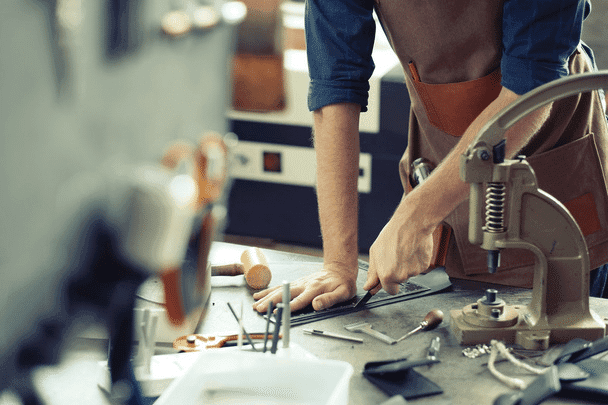
A well-structured production schedule is essential for managing workflow and meeting deadlines. This schedule should outline daily, weekly, and monthly goals, taking into account the various stages of production from initial design to final assembly. By breaking down the production process into manageable tasks, you can allocate resources effectively and ensure that each step is completed on time.
In addition to setting timelines for individual tasks, it’s important to consider potential bottlenecks in the production process. Identifying these areas in advance allows for proactive planning and adjustments to the schedule as needed. Regularly reviewing the production schedule with staff can also foster a sense of accountability and teamwork, as everyone understands their roles and responsibilities in achieving the overall goals.
Implementing quality control measures
Quality control is a critical aspect of any production process, particularly in leathercraft where attention to detail is paramount. Establishing clear quality standards at each stage of production helps ensure that the final product meets customer expectations. This can involve creating checklists or guidelines that outline specific criteria for evaluating the quality of materials, craftsmanship, and overall design.
Incorporating regular inspections throughout the production process can help catch any issues early on. For instance, inspecting leather pieces for defects before cutting can prevent wasted materials and time later in the process. Additionally, encouraging feedback from staff during these inspections fosters a culture of quality awareness, where everyone takes responsibility for maintaining high standards.
Streamlining the production process
Streamlining the production process involves identifying inefficiencies and implementing strategies to enhance productivity. One effective approach is to analyze each step of the production workflow to pinpoint areas where time or resources may be wasted. For example, if certain tasks require excessive movement between workstations, consider rearranging the layout to minimize travel distance.
Another way to streamline production is by adopting standardized procedures for repetitive tasks. By creating templates or guidelines for common processes, staff can work more efficiently and consistently. This not only speeds up production but also reduces variability in product quality.
Continuous improvement should be a goal; regularly soliciting input from staff on potential enhancements can lead to innovative solutions that further optimize the workflow.
Managing inventory and supplies
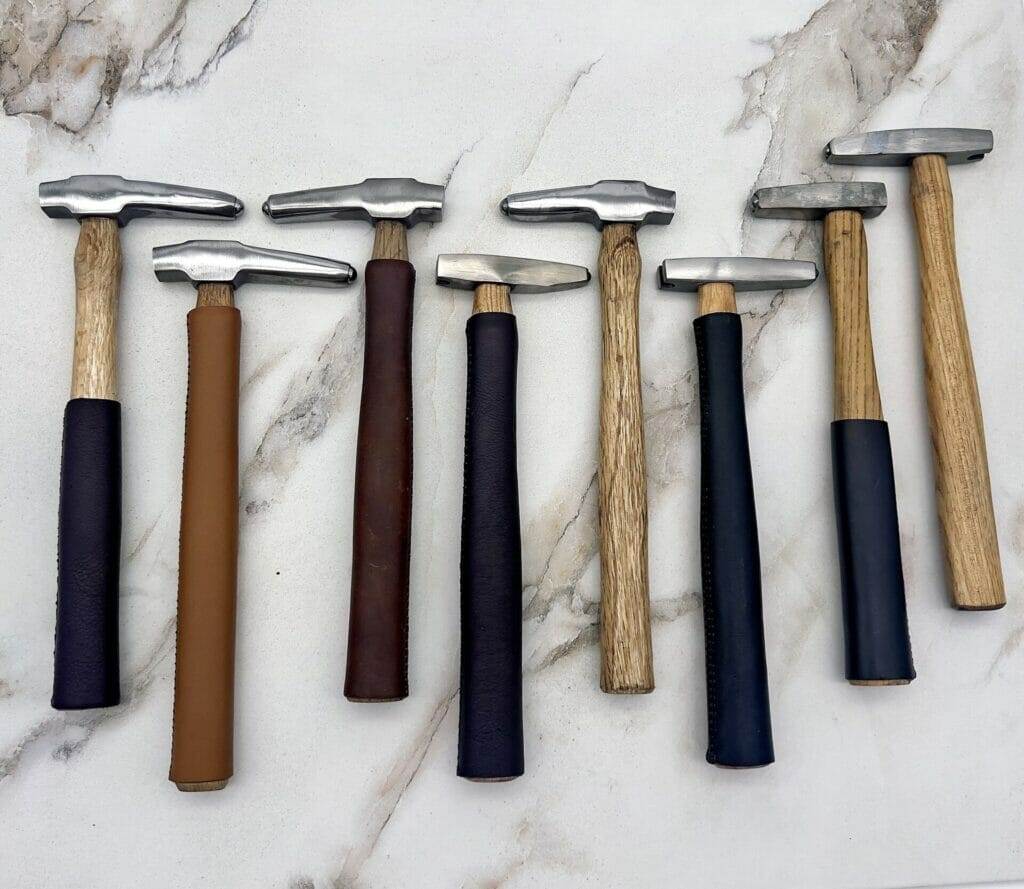
Effective inventory management is crucial for ensuring that production runs smoothly without interruptions due to shortages or excess stock. Keeping track of materials such as leather hides, threads, and adhesives allows for timely reordering before supplies run low. Implementing an inventory management system can help automate this process, providing real-time data on stock levels and usage rates.
Additionally, maintaining a balance between having enough supplies on hand while avoiding overstocking is essential for cost management. Regularly reviewing inventory levels and usage patterns can inform purchasing decisions and help prevent waste. By establishing strong relationships with suppliers, you can also negotiate favorable terms that allow for flexibility in ordering quantities based on current production needs.
Training and supervising staff
Investing in staff training is vital for maintaining high standards of craftsmanship and efficiency in production. Comprehensive training programs should cover not only the technical skills required for specific tasks but also an understanding of quality control measures and safety protocols. By equipping staff with the knowledge they need to perform their roles effectively, you foster a more competent and confident workforce.
Supervision plays a key role in ensuring that training translates into practice. Regular check-ins with staff can help identify any challenges they may face in their roles, allowing for timely support or additional training as needed. Encouraging open communication creates an environment where staff feel comfortable sharing ideas or concerns, ultimately contributing to a more cohesive team dynamic.
Maintaining a clean and safe working environment
A clean and safe working environment is essential for promoting productivity and protecting the well-being of staff. Regular cleaning schedules should be established to ensure that workspaces are free from clutter and hazards. This includes organizing tools and materials after use, disposing of waste properly, and maintaining equipment in good working condition.
Safety protocols must also be prioritized to prevent accidents or injuries in the workplace. Providing staff with personal protective equipment (PPE) such as gloves or goggles when necessary is crucial for minimizing risks associated with leathercraft work. Conducting regular safety training sessions reinforces the importance of adhering to safety guidelines and empowers staff to take responsibility for their own safety as well as that of their colleagues.
In conclusion, establishing an efficient production environment requires careful planning and ongoing management across various aspects of the operation. From setting up a functional workspace to implementing quality control measures, each element plays a vital role in ensuring that products are crafted to high standards while meeting customer demands. By focusing on organization, training, and safety, businesses can create a productive atmosphere that fosters creativity and excellence in leathercraft production.

FAQs
What is leathercraft workshop organization for production?
Leathercraft workshop organization for production refers to the systematic arrangement and management of tools, materials, and workspaces in a leathercraft workshop to optimize the production process.
Why is workshop organization important in leathercraft production?
Workshop organization is important in leathercraft production as it helps to improve efficiency, reduce waste, and create a safe and conducive working environment for artisans. It also ensures that tools and materials are easily accessible, leading to smoother production processes.
What are some key elements of workshop organization for leathercraft production?
Key elements of workshop organization for leathercraft production include proper tool storage, material management, workspace layout, inventory control, and waste management.
How can a leathercraft workshop be organized for production efficiency?
A leathercraft workshop can be organized for production efficiency by implementing a systematic layout for tools and workstations, establishing clear inventory management systems, and creating standard operating procedures for production processes.
What are the benefits of a well-organized leathercraft workshop for production?
The benefits of a well-organized leathercraft workshop for production include increased productivity, reduced production costs, improved quality control, and a safer working environment for artisans. It also leads to better utilization of space and resources.



